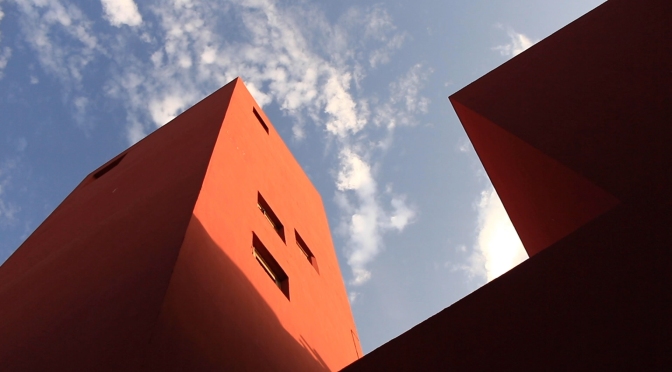Riyaz Tayyibji
A Recorded Lecture from FRAME Conclave 2019: Modern Heritage
In this lecture, Riyaz Tayyibji speaks about a fictional conversation between M K Gandhi and Le Corbusier. Through the dialogue, he discusses their relationship with work and lifestyle, and their intimate connection with the inside and the outside.
Edited Transcript
Before I get to the two gentlemen that I would like to talk about today, a short note about the method I have used of juxtaposing two seemingly unrelated people together; this was a method that was first introduced to us as students of Prof. A.D. Raje, who would give students an exercise to imagine a conversation between, say Louis Kahn and Mimar Sinan at a coffee shop in Istanbul. This is certainly not a historian’s method; it is an architect’s method. An approach that would not only require the rigours of research to imagine the content of the conversation but would allow you to play with these ‘facts’ and their interpretations. In Raje’s exercise, the hypothetical context, the coffee shop was important. You had to define the hypothetical time in which the conversation was taking place. Somewhere in the process, it would emerge that this ‘hypothetical time’ was really a mirror of our own time.
Often the narrative of the present in which our history is written remains covert. One of the things that I enjoy about this method is that it ensures that the preoccupations of our own time are integrated into the narrative while always remaining explicit. Given the formality of our gathering today, I have chosen the form of a dialogue between one, Mr. M.K. Gandhi and another, Le Corbusier rather than a causal chat in a Byzantine café.






